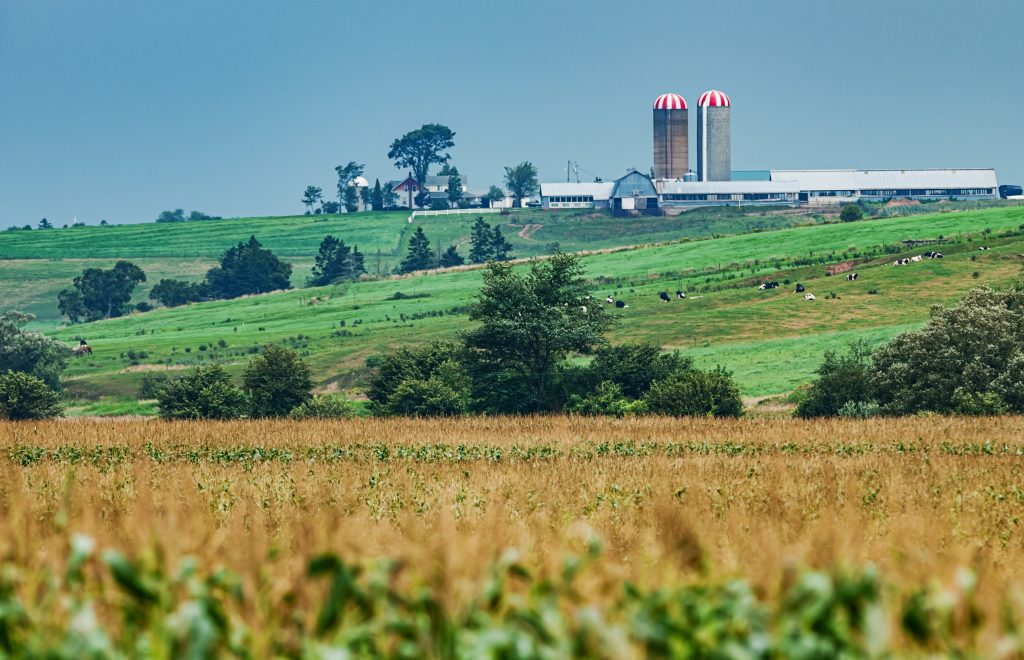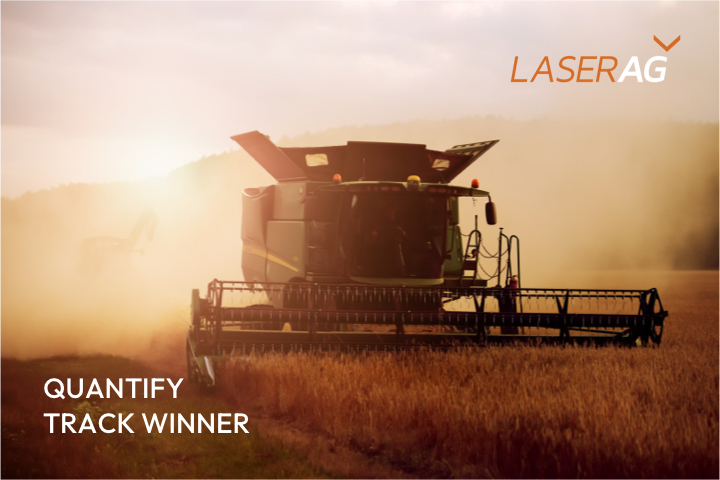Partnering with farmers for a future of sustainable agriculture
Agro-environmental consulting services
Opt for climate transition
Farms can combat climate change by transforming carbon dioxide in the air into organic carbon in the soil.
Our team can help you adopt cost-effective agri-environmental practices that are adapted to your situation, enabling you to reduce your greenhouse gas (GHG) emissions and build up organic carbon in your soils.



